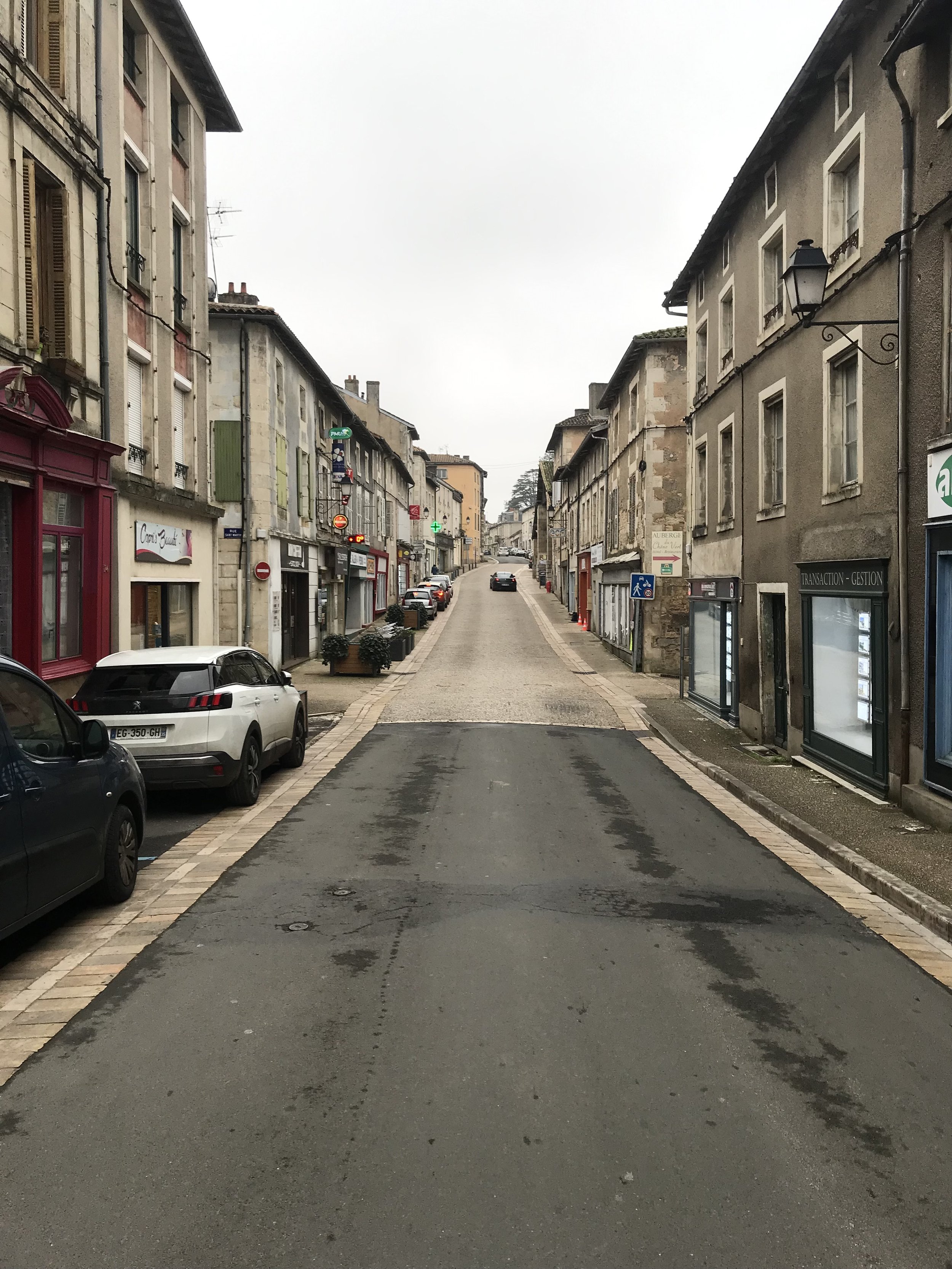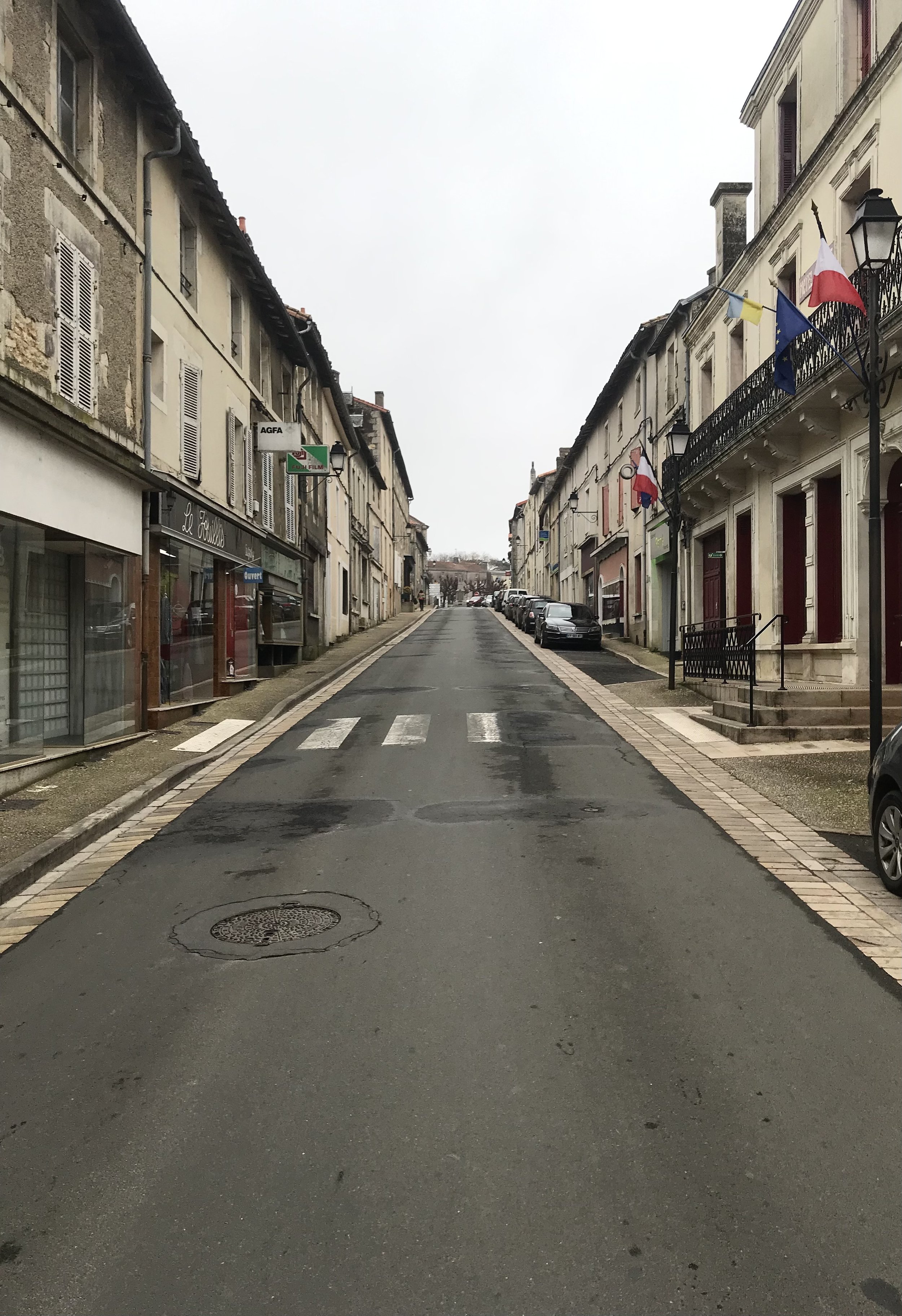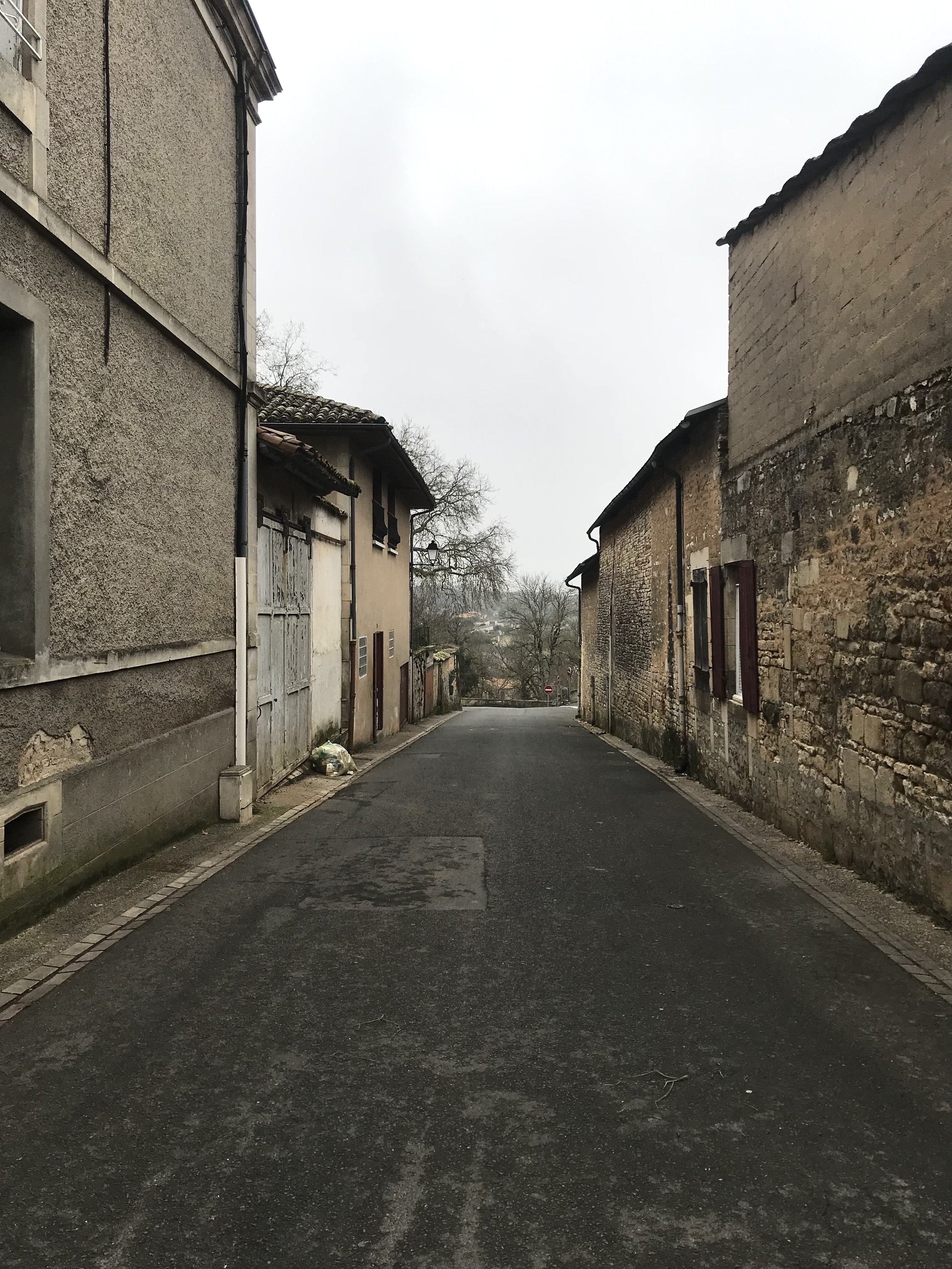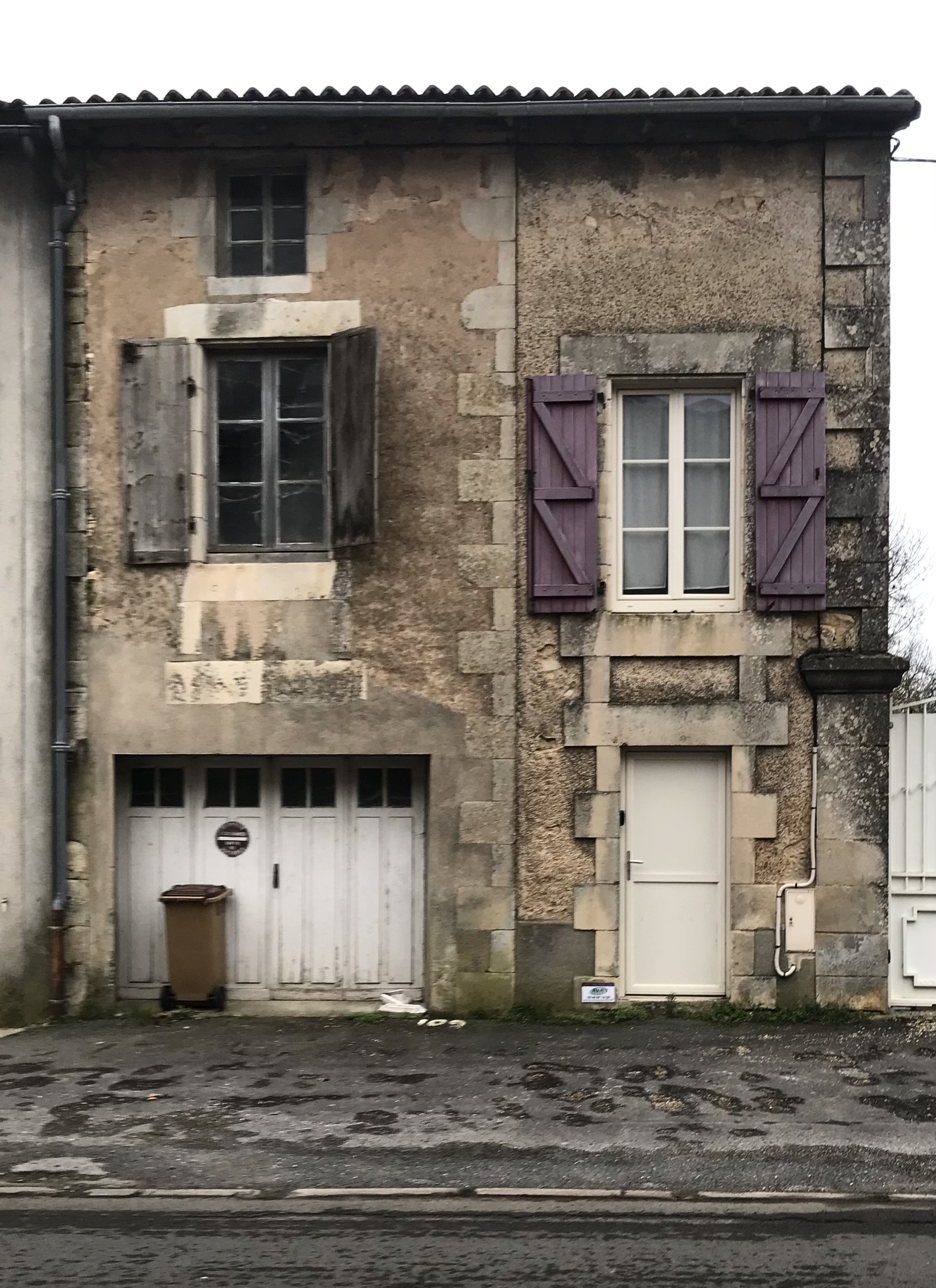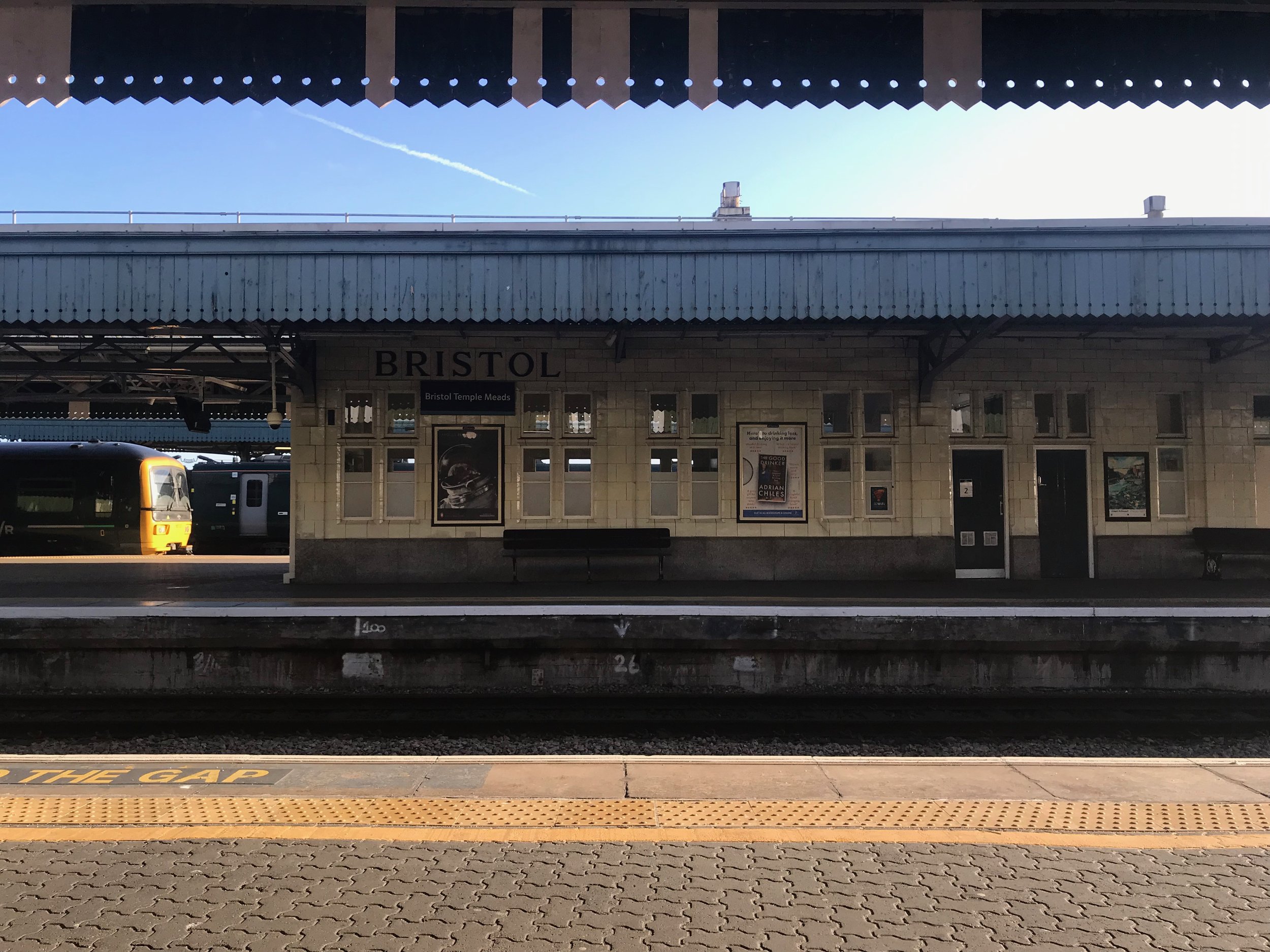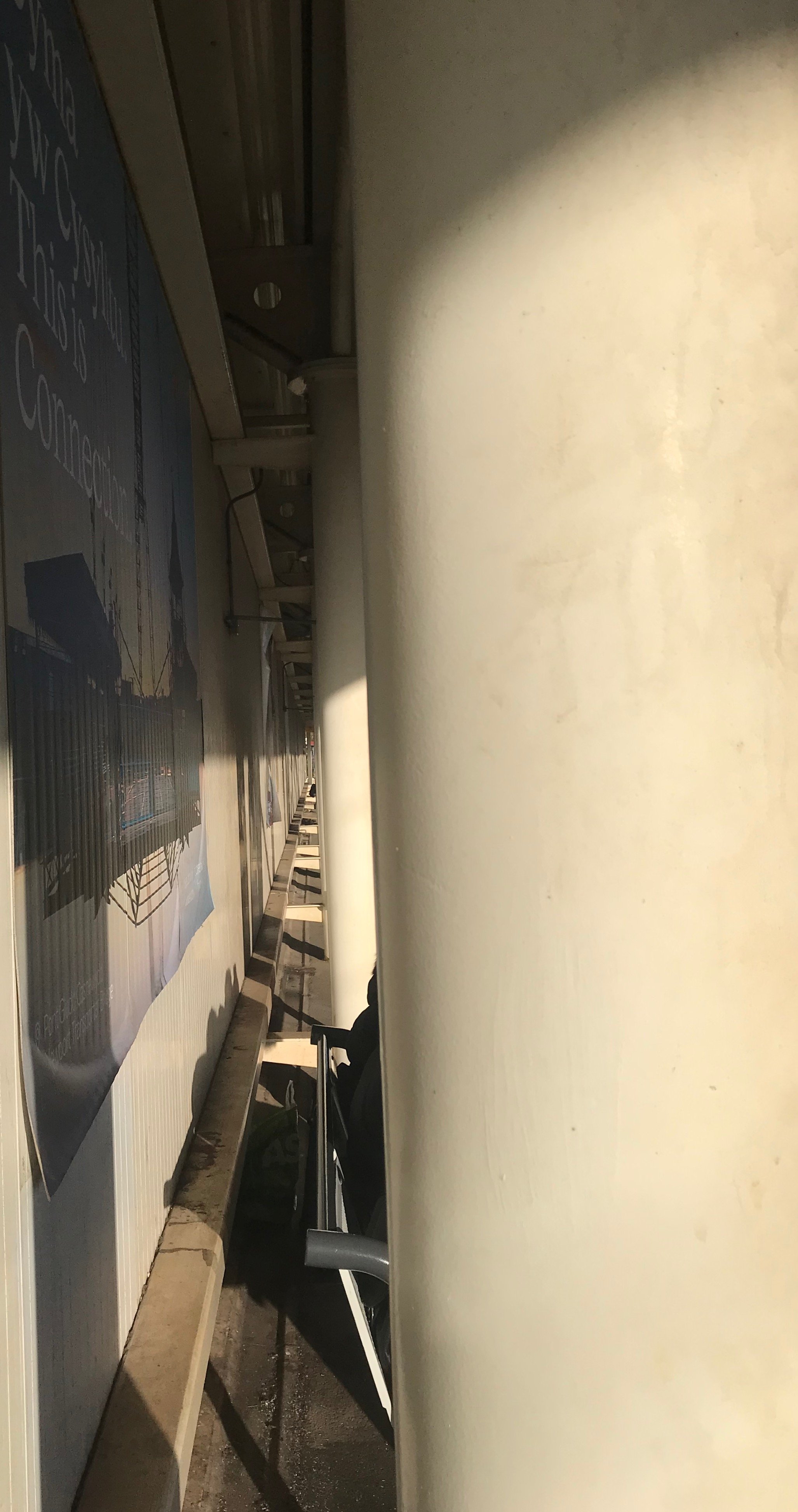Photos - January 2023
Luckily, Friday the 13th brought some sunshine for the southwest. These two photos were taken while waiting for my train west from Bristol Temple Meads to Newport before heading north to Hereford where I had arranged to visit my aunty and uncle.
Above: Near Payré in the new Valence-en-Poitou commune. Sunday 29th
The photos used in this composite and the two below were taken during a long walk along the river Dive in the Nouvelle-Aquitaine region of western France.
Couhé
Above: Monday 23rd. A dusting of frost in the Hampshire countryside.
The view from the South West Coast Path between Ilfracombe and Lee Bay.
Luckily, Friday the 13th brought some sunshine for the southwest. These two photos were taken while waiting for my train west from Bristol Temple Meads to Newport before heading north to Hereford where I had arranged to visit my aunty and uncle. The sun belies the temperature, it was a cold January day. Up until this point it had barely stopped raining since I returned from France on 15th December, so it was nice to see some blue sky.
The slanted back wall and pillars at Newport station
Newport - Hereford
Abstractions and Music of 2022 (video)
2022 was this website’s first full year (I launched it at the end of November 2021) - it continues to be the hub for everything king Toe Junior.
2022 was this website’s first full year (I launched it at the end of November 2021) - it continues to be the hub for everything King Toe Junior.
Lots of music was written and paintings painted, as always - some then destroyed one way or another, some kept and others sold.
A highlight was the unveiling of the first of my ‘Nucleus’ series of paintings at the Unit 6 Takeover at Studio Kind in September. The second; ‘Shades of Champfreau’ was painted during my time in France in November.
For information regarding commissions/murals or any other enquiry - please contact me at kingtoejr@outlook.com
Paintings featured in the video: Nucleus Part II: Shades of Champfreau, Midnight Run, Nucleus, A Day In The Life of a Shark
Tracks featured in the video: Mad Mosquito, Tunnels, Moving, Grizzly Bear, Won’t Co-Operate, Java
Champfreau and Persian Carpets
Archaic and primitive design intrigues me to say the least and so I wanted to delve a bit deeper into one particular area of the Persian rug-making tradition. As you would expect, it’s a vast topic and a lot lies beyond the scope of this post but consider it a very brief introduction to a particular variety known as Gabbeh, native to the Fars province in southwest Iran.
I have just returned from a two month working trip to the Loire region of France for two American hosts, Steven Guderian and Bruce Riedner. Their vast property - Le Manoir de Champfreau consists of several guest houses, the interiors of which the subject of their own meticulous curation. Fine paintings, sculptures and prints adorn the walls and mantlepieces of each house, forming an ever-evolving display of their love for the visual arts. The result is an always interesting blend of chinoiserie and French Gothic. Bruce describes the effect as; “Pagan opulence with Byzantine colour” saying it’s “a distillation of years of looking” – referring to both his and Steven’s long-standing love for discovering treasures at the many markets local to them.
Above: A composite of an area of a guest house on Champfreau.
The numerous Persian rugs which lie throughout the buildings, often angled and overlapping, range in condition from near-immaculate to beautifully worn. They are the material result of a lifelong passion of Bruce’s, each with a story to tell I am sure. I found the ones that were slightly worn especially attractive; the disparate elements of their design seemed to hold together better and they suggest a richer, more storied life.
Above: Some of the many Persian carpets lying throughout the guest houses.
Often the word ‘carpet’ would be reserved for larger pieces but for clarity I’ll mention I’ve used both ‘carpet’ and ‘rug’ interchangeably throughout this post, irrespective of size.
‘Nomadic’ and ‘City Plan’ are the two distinct design classifications of Persian rugs, the former being cruder and more stylised. The ideas are conceived and developed by the weaver themselves as opposed to them following a pre-designed, commercially attractive plan. They represent the pure artform – inherently spontaneous and free from commercial influence.
Archaic and primitive design intrigues me to say the least and so I wanted to delve a bit deeper into one particular area of the Persian rug-making tradition. As you would expect, it’s a vast topic and a lot lies beyond the scope of this post but consider it a very brief introduction to a particular variety known as Gabbeh, native to the Fars province in southwest Iran.
Image: CarpetU2
Image: CarpetU2
Gabbeh Carpets
These differ from most traditional Persian carpets due to their simpler compositions and thicker pile. They are woven by nomadic women on horizontal looms (floor-mounted and thus easily dismantled). Hand spun wool yarn is boiled and dyed with various natural pigments (e.g. the red of pomegranate or yellow of the saffron flower). Sitting outside, the weaver gradually builds the rug by knotting the coloured wool to form motifs and patterns inspired by the mountains, the animals and the plant-life of their surroundings.
Image: Grillo Rugs
Larger carpets with higher knot-counts can take one person years to meticulously weave by hand and so command higher prices when they get to market. However, this is not to say the weaver sees much of it – they are routinely the lowest-paid person in the chain and their work is arduous. For these reasons it’s sadly a dying artform - younger generations have grown tired of their parent’s and grandparent’s skill being exploited and are less inclined to continue the tradition.
Image: cwkouns
Gabbeh rugs became popular with European markets in the last quarter of the 20th century, partly thanks to renowned Iranian artist Parviz Tanavoli. He employed skilled nomadic weavers to translate his designs onto carpets (images of two from his Poet series are included below).
Farhad and Nightingale IV
Disciples of Sheikh San’an III
Many sub-categories of the Gabbeh carpet have emerged over the last 50-60 years with subtle but definite stylistic differences. Three are listed below;
Luribaft: More detailed designs and often made of softer wool
Kashkoli: Shorter pile but high knot density
Sumak: Flat-woven with a smooth top surface
Above: Perhaps unsurprisingly, it is Iran that holds the record for the largest hand-woven carpet at nearly 61,000 square feet. Designed by artist Ali Khaliqi and created by the Iran Carpet Company for Abu Dhabi’s Sheikh Zayed Mosque. It took 1,200 weavers a year and a half to produce.
Image: Imran Naqvi







